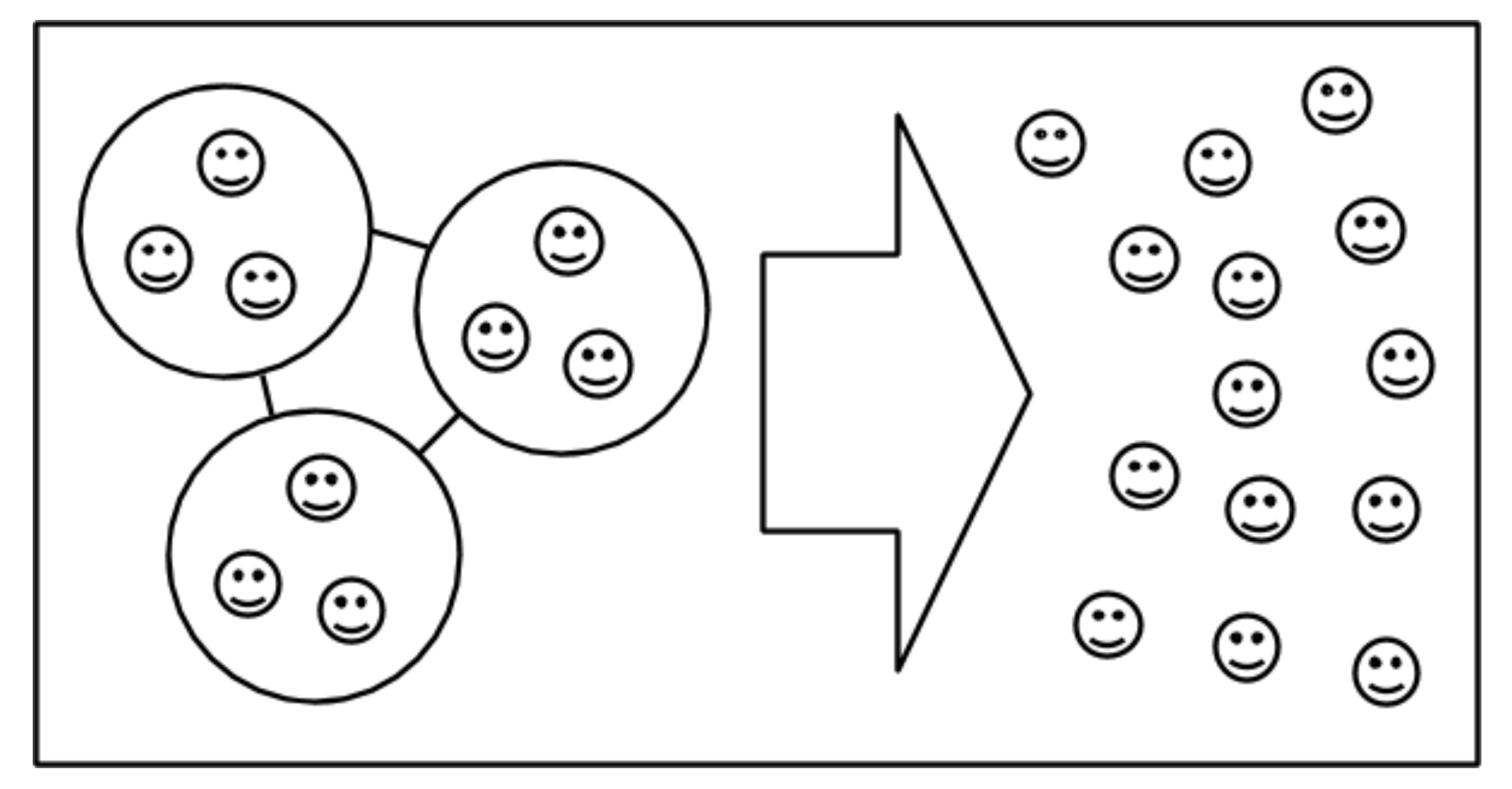Then, there is the ever-present topic of data protection. Have you ever heard of Bentham’s Panopticon? Probably not. Bentham was a philosopher, and developed a prison in which only one guard, based in a guard tower standing in the middle, was needed to watch all the prisoners in their cells built around it – the Panopticon. Foucault, also a philosopher, took up this scheme and describes how the prisoners became objects of information under constant observation and thus, policed themselves due to the fear of punishment.
So, looking at mHealth we could say that – because we provide our data to the public – we police ourselves to behave in a certain way. In more detail this means that we are less ourselves because we are so transparent and subconsciously stick to societally approved pictures to not be “punished” for misbehaving. Let’s take an actual example: You buy the new apple watch and start sharing basic fitness data with your friends, just for comparison. You realize that your friends walk more steps a day, sleep longer, live healthier, and have a better weight for their size. Automatically, without you even realizing it for yourself, you will most certainly start changing your lifestyle. Not necessarily because you think it is better, but because you know that your friends can see your status around the clock. In times of the Corona Virus, glueing a pair of eyes over the sink doesn’t seem so wrong.
To sum it all up: While we want to market mHealth successfully, we also have the responsibility to include a humane perspective. However, one question remains open: Does using mHealth make us healthier? What do you think?
What definitely makes us healthier is thinking about and discussing emerging technologies and applications that will be intertwined with our lives. Thus, I want to thank Mariek Vanden Abeele and Frans Folkvord for their input during my time at Tilburg University regarding this topic – which still makes me think.















